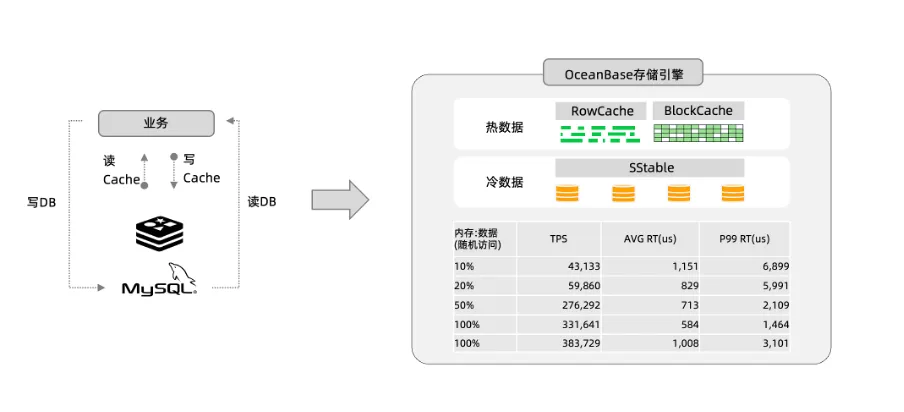The Art of the “Start”
The semiconductor industry revolves around the “start.” Chip design starts lead to more EDA tool purchases, more wafer starts, and eventually to more product shipments. Product roadmaps develop to extend shipments by integrating new features, improving performance, reducing power, and reducing area - higher levels of functional integration and what is referred to as “improved PPA.” Successful products lead to additional capital expenditures, stimulating more chip designs and more wafer starts. If all goes well, and there are many things that can go wrong between the MRD and the market, this cycle continues. And in keeping with good capitalist intentions, this frenetic cycle drives increased design complexity and design productivity to feed the global appetite for economic growth.
Chip designs have mutated from relatively simple to vastly complex and expensive, and the silicon technology to fabricate chips has advanced through rapid innovation from silicon feature sizes measured in tens of microns - to feature sizes measured in nanometers. Once visualized as ones and zeroes in a table, functions now must comprehend the execution of powerful operating systems, application software, massive amounts of data, and heretofore incomprehensible minuscule latencies.
Continued semiconductor industry growth depends on delivering ever more complex chip designs, co-verified with specialized system software - in less time with relatively fewer mistakes. New chip wafer fabs now cost billions of dollars, with production capacities in the 10’s of thousands of wafers per month - in May of 2019, TSMC announced that it would build a new wafer fab in Arizona. The total project spending for the planned new 5-nm wafer fab, including capital expenditures, is expected to be approximately $12B from 2021 to 2029, and the fab is expected to have the capacity to produce 20,000 wafers per month. One malevolent block of logic within a chip design can cause very expensive wafers to become scrap. If a flaw manages to escape, only showing itself at a critical moment in the hands of a customer, it can set off a public relations storm calling into question a firm’s hard-earned reputation as a chip supplier.
Chip design verification is like quality: it asymptotically approaches perfection but never quite achieves 100%. It may be expressed as a high percentage less than 100%, but close enough to 100%, to relegate fault escapes to the category of “outlier” - hopefully of minimal consequence. Only through real-world use in the hands of lots of customers will every combination of stimuli be applied to every chip pin, and every response be known. So, chip designers do their best to use the latest cocktail of verification techniques and tools, and EDA companies continually innovate new verification tools, design flows, and pre-verified silicon IP, in a valiant effort to achieve the elusive goal of achieving chip design verification perfection.
The stakes are very high today for advanced silicon nodes where mask sets can cost tens of millions of dollars, and delays in chip project schedules that slip new product roll-out schedules can cost millions of dollars more in marketing costs. With the stakes so high for large, sophisticated chips, no prudent leader would dare neglect investing in semiconductor process quality. Foundries such as GlobalFoundries, Intel, Powerchip, Samsung, SMIC, TSMC, UMC, and others have designed their entire businesses around producing high-quality silicon in volume at competitive costs for their customers.
So, chip design teams struggle to contain verification costs and adhere to schedules. The 2020 Wilson Report found that only about 32 percent of today’s chip design projects can achieve first silicon success, and 68 percent of IC/ASIC projects were behind schedule. A prevailing attitude is that the composite best efforts of skilled designers using advanced EDA design tools should result in a good outcome. Reusing known-good blocks, from a previous design or from a reliable IP source, is a long-standing engineering best practice for reducing risk and speeding up the design cycle. Any team that has experienced a chip design “stop” or “delay” knows the agony of uncertainty and fear that accompanies these experiences. Many stories exist of an insidious error slipping through design verification undetected and putting a chip design, a job, and sometimes an entire company, at risk. The price of hardware and software verification escapes can dwarf all other product investments, and ultimately diminish a hard-earned industry leadership reputation.
Enter FPGA-based prototyping for chip design verification. A robust verification plan employs proven tests for IP blocks, and tests the fully integrated design running actual software (co-verification) - which is beyond the reach of software simulation tools alone. Hardware emulation tools are highly capable, and faster than software simulation, but highly expensive and often out of reach for many design teams. FPGA-based prototyping tools are scalable, cost-effective for almost any design, offer capable debug visibility, and are well suited to hardware-software co-verification.
In this book, we look at the history of FPGA-based prototyping and the leading providers - S2C, Synopsys, Cadence, and Mentor. Initially, we will look at how the need for co-verification evolved with chip complexity, where FPGAs got their start in verification, and why ASIC design benefits from prototyping technology.
本书是基于思尔芯20年行业经验,由美国行业媒体SEMIWIKI创始人Danniel Nenni执笔,深入探讨了FPGA原型验证在现代系统级芯片(SoC)设计中的关键作用。从设计验证技术的演进到FPGA原型验证在不同设计阶段的应用,为读者提供了一个全面的视角。

第一部分:设计验证技术的发展
- "The Art of the 'Start'":介绍了设计验证的起源和基础,带领读者走进SoC设计的初期阶段
- "A Few Thousand Transistors":回顾了微处理器和专用集成电路(ASIC)的早期发展
- "Microprocessors and ASICs":深入分析了微处理器和ASICs的演进对设计验证技术的影响
- "The Birth of Programmable Logic":讲述了可编程逻辑的诞生,及其如何为设计验证带来革命性的变化
- "Pre-Silicon Becomes a Thing":探讨了前硅验证的重要性,以及它如何成为设计过程中不可或缺的一部分
- "Positioning: The Battle for Your Mind":讨论了在设计验证领域内,如何定位和把握芯片设计的思维
- "First Pentium Emulation":通过首个奔腾处理器仿真的案例,展示了FPGA原型验证的实际应用
- "Enabling Exploration and Integration":强调了FPGA原型验证如何促进设计探索和集成
第二部分:FPGA原型验证在SoC不同设计阶段的应用
- "Design Exploration":讨论了FPGA原型如何助力设计探索阶段,为创新提供平台
- "IP Development":分析了IP开发过程中FPGA原型的作用。
- "Hardware Verification":深入硬件验证环节,展示了FPGA原型验证如何确保硬件设计的准确性。
- "System Validation":探讨了系统验证过程中FPGA原型的关键角色。
- "Software Development":介绍了FPGA原型验证在软件开发中的应用,以及它如何帮助提高开发效率。
-
"Compatibility Testing":最后,讨论了兼容性测试中FPGA原型技术的重要性
本书不仅适合电子工程师、硬件工程师和SoC设计工程师,也适合对FPGA原型验证及其在现代SoC设计中应用感兴趣的学生和研究人员。通过丰富的案例分析和深入的技术讨论,读者将获得宝贵的知识和见解,以推动他们在各自领域的创新和发展。
站内下载链接:数字芯片设计与验证需要哪些参考资料白皮书?-思尔芯 | S2C
欲了解思尔芯更多信息,请点击:https://www.s2ceda.com


















